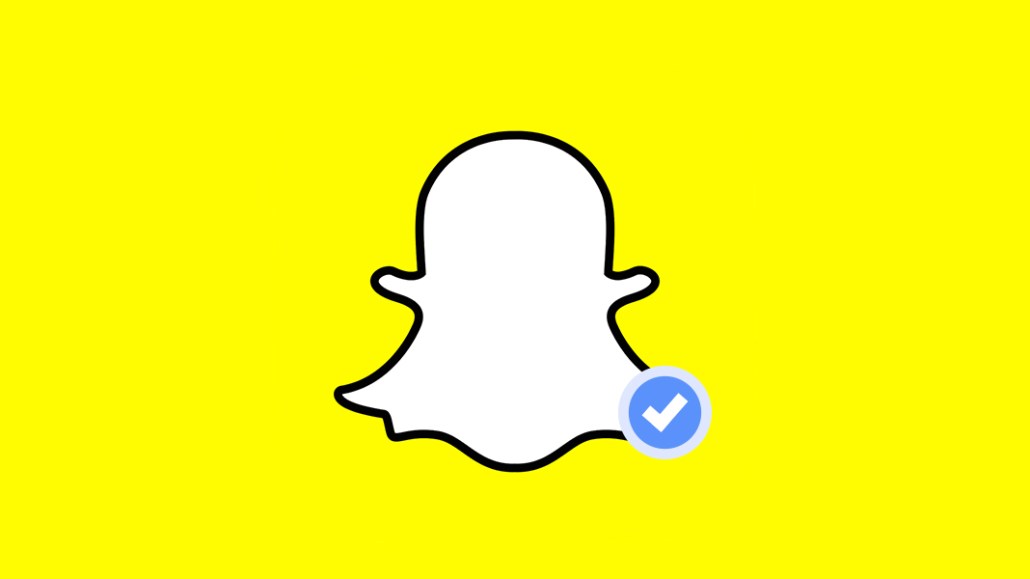Snapchat experiments with sharing ad revenue with creators

As part of Snapchat’s ongoing charm offensive with creators, the app said it would start sharing ad revenue with them. The program was announced June 21 as part of Snap’s keynote at VidCon.
While Snap’s main announcement was a new creator-led Snapchat Show called “Untitled Patrick Starrr Project,” produced by Starrr with E!, Snap’s Lauren Gallo said onstage that the company has been experimenting with revenue sharing. She also said her focuses for the creator community are growth, discoverability, analytics and monetization. Snapchat would not give specifics on the deals.
“What we’re doing is we’re listening,” Gallo said.
The update follows Snap’s first Creators Summit, a two-day event where 13 Snapchat creators met with execs including CEO Evan Spiegel to discuss how the company can better support them. The move to ad-revenue sharing matches Snapchat’s recent move away from licensing fees with publishers in favor of an ad-revenue-share model.
Snap’s programming team, which works alongside the Shows team under Snap’s head of original content Sean Mills, has been approaching creators about participating in the program, a Snap spokesperson said.
Mike Metzler, a strategist at Delmondo who has been making content on Snapchat as a job since 2015, was one of the 13 Snapchat creators who attended the Creators Summit. He said this move is much-needed for people like him.
“I can say emphatically that creators would love seeing ad revenue split. The unfortunate truth is that brand deals have been few and far between for Snapchatters of my size compared to, say, 2016, when they were coming in once a week,” Metzler said. “I’m at a point where if I am not able to monetize my content, I have to put my effort elsewhere.”
Other platforms already share revenue with creators. YouTube has long offered an ad-revenue split to small and large creators and has uplifted its homegrown creators. At VidCon, for example, creators’ faces are plastered on the sides of hotels, billboards and buses, Metzler said. Now, Facebook is experimenting with monetization options across video on Facebook and Instagram.
When asked during Snap’s panel at VidCon about Snap’s delay in sharing revenue, Mills pointed to the company’s age.
“It’s easy to forget what a new and young company we are,” Mills said. “We’re kind of just getting started here.”
Metzler saw Snap’s move as a win not only for people like him and Snap, but also for advertisers since it gives them more places to advertise.
“They reward creators who have done a lot for Snap, and it’s a great way to build a more diverse set of premium inventory and targeting data for advertisers,” Metzler said.
More in Marketing

Why the New York Times is forging connections with gamers as it diversifies its audience
The New York Times is not becoming a gaming company. But as it continues to diversify its editorial offerings for the digital era, the Times has embraced puzzle gamers as one of its core captive audiences, and it is taking ample advantage of its advantageous positioning in the space in 2024.

Why B2B marketers are advertising more like consumer brands to break through a crowded marketplace
Today’s marketing landscape is more fragmented than ever. Like consumer brands, business brands are looking to stand out in a crowded and competitive marketplace, making marketing tactics like streaming ads, influencers and humorous spots more appealing.

As draft puts WNBA in spotlight, the NBA is speeding up ballplayers’ transition to creators
The NBA’s star athletes are its greatest marketing asset.







